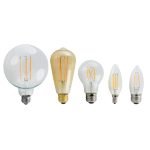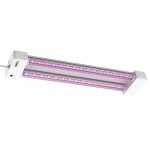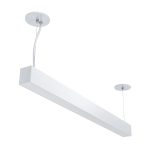LED Light Energy Costs: How Much Does Leaving One On All Day Impact Your Electricity Bill?
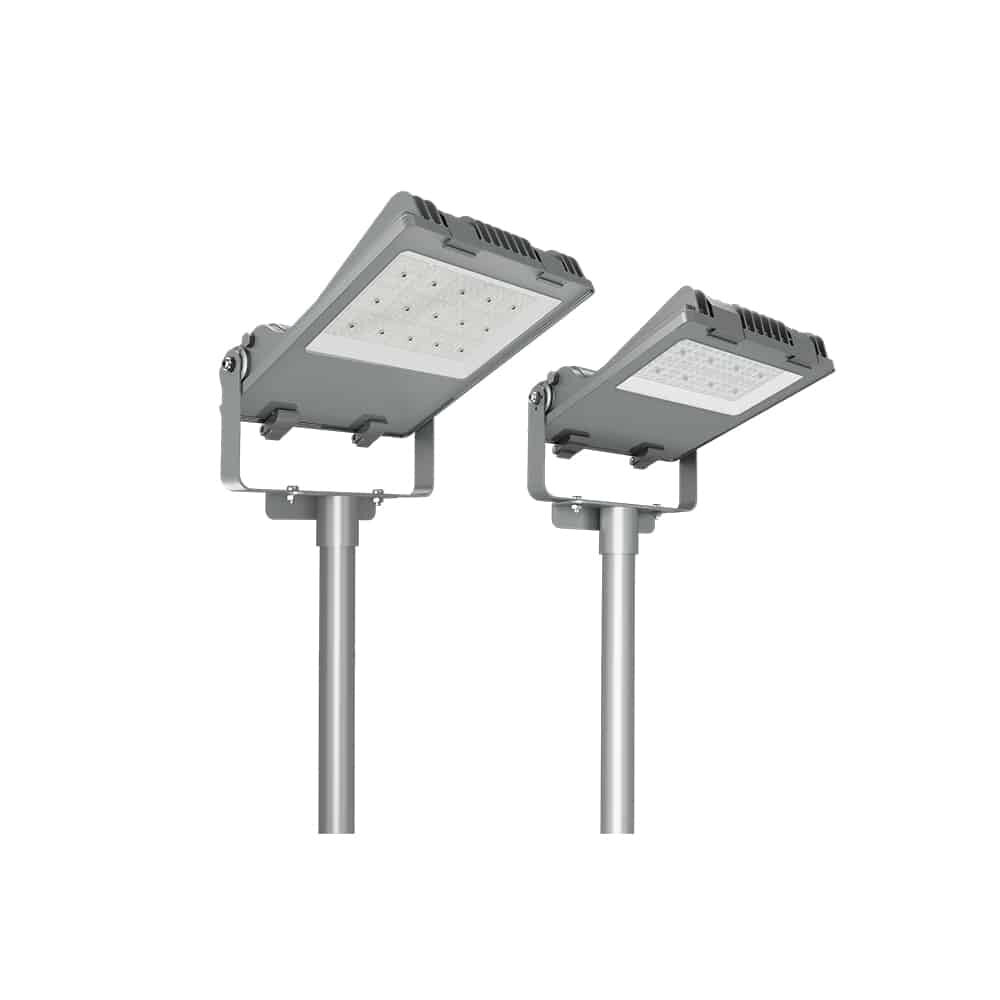
In today’s world, one of the most important concerns is managing energy costs. With the increasing use of technology and the constant need for electricity, it is crucial to understand the impact of energy consumption on our bills. One of the biggest culprits of energy consumption in households is LED lights. Although they are energy-efficient, the question remains: how much does leaving one on all day impact your electricity bill?LED lights are considered to be the future of lighting technology, and their energy-saving properties make them a popular choice for households. Despite their cost-efficiency, LED lights still consume electricity, and it is important to know how much energy they require to operate. Leaving a single LED light on for an extended period can impact your electricity bill, and it is important to understand the financial implications of energy consumption. In this article, we will discuss the energy costs associated with leaving an LED light on all day, and provide recommendations on how to reduce your energy consumption and save money.
LED (Light Emitting Diode) lights are a type of lighting source that are incredibly energy-efficient and long-lasting compared to traditional incandescent bulbs. They work by converting electrical energy into light through the use of a semiconductor material, which emits photons as a result of the electric current flowing through it. Unlike incandescent bulbs, LED lights do not rely on heat to produce light, which makes them much more efficient and cooler to the touch. LED lights are used in a wide range of applications, from residential lighting to commercial and industrial uses, due to their ability to provide bright and focused illumination while consuming less power and lasting longer than traditional bulbs.
Energy conservation is crucial for a sustainable future. LED lights are a great example of how we can reduce energy consumption while still maintaining the same level of brightness. Leaving a single LED light on all day may seem insignificant, but it can add up to a significant impact on your electricity bill and the environment. The more energy we consume, the more we contribute to greenhouse gas emissions and climate change. Therefore, it is essential to conserve energy whenever possible by turning off lights and electronics when not in use, using energy-efficient appliances, and investing in renewable energy sources. By taking these small steps, we can reduce our carbon footprint and create a cleaner, healthier planet for future generations.
Understanding LED Light Energy Consumption
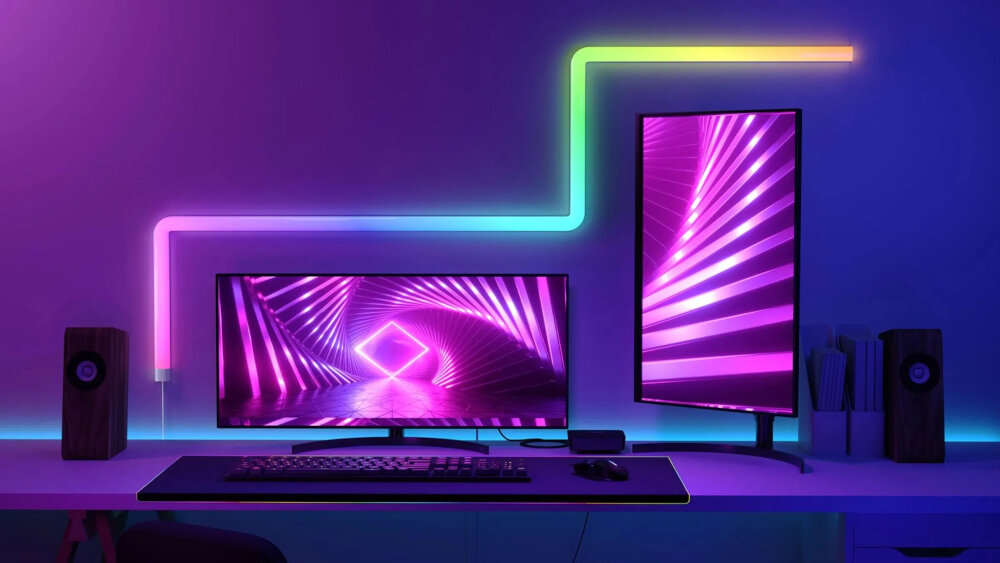
LED lights have become a popular choice for lighting solutions in both residential and commercial settings due to their energy efficiency and long lifespan. However, it’s important to understand how LED light energy consumption can impact your electricity bill. Unlike traditional incandescent bulbs, LED lights use significantly less energy to produce the same amount of light. This means that they are a cost-effective option for illuminating indoor and outdoor spaces. The amount of energy an LED light consumes depends on several factors, including its wattage, brightness level, and usage time. While leaving an LED light on all day will still consume energy, the amount will be much lower compared to an incandescent bulb. Additionally, LED lights are designed to operate efficiently for thousands of hours, which means they require less frequent replacement and ultimately save money in the long run. Understanding LED light energy consumption is crucial for making informed decisions about lighting solutions that are both cost-effective and environmentally friendly.
LED lights work through a process called electroluminescence, where a current is passed through a semiconducting material, causing it to emit light. Unlike traditional incandescent bulbs, which generate light by heating a filament, LED lights are much more energy-efficient because they don’t produce heat. Instead, they convert most of the energy into light, making them a great choice for lighting applications where energy efficiency is a priority. Additionally, LED lights can be designed to emit light in a specific direction, which reduces wasted light and further increases their efficiency. This means that even if you leave an LED light on all day, the energy costs will be significantly lower compared to a traditional bulb.
LED lights are a more energy-efficient and cost-effective lighting choice when compared to traditional incandescent bulbs. LED bulbs use up to 80% less energy than incandescent bulbs, resulting in significant savings on electricity bills. They also have a much longer lifespan, lasting up to 25 times longer than traditional bulbs. LED lights are also more durable and resistant to breakage, making them a safer choice. Unlike incandescent bulbs, LED lights do not emit heat, which reduces the risk of fire hazards or burns. Additionally, LED lights are available in a range of colors and brightness levels, giving you greater control over your lighting environment. Overall, switching to LED lights is a smart choice for both your wallet and the environment.
LED energy consumption is impacted by several factors. The wattage of the bulb is a primary determinant, as higher wattage bulbs require more energy to function. The brightness of the bulb also affects energy consumption, as brighter bulbs require more energy to produce the necessary lumens. Additionally, the age and quality of the LED bulb can impact energy consumption, as older or lower quality bulbs may require more energy to function at their optimum level. The length of time the bulb is used also impacts energy consumption, as leaving a bulb on for extended periods of time will result in increased energy usage. Finally, environmental factors such as temperature can impact LED energy consumption, as extreme temperatures may impact the bulb’s performance and require additional energy to function properly.
Calculating the Cost of Leaving LED Lights On All Day
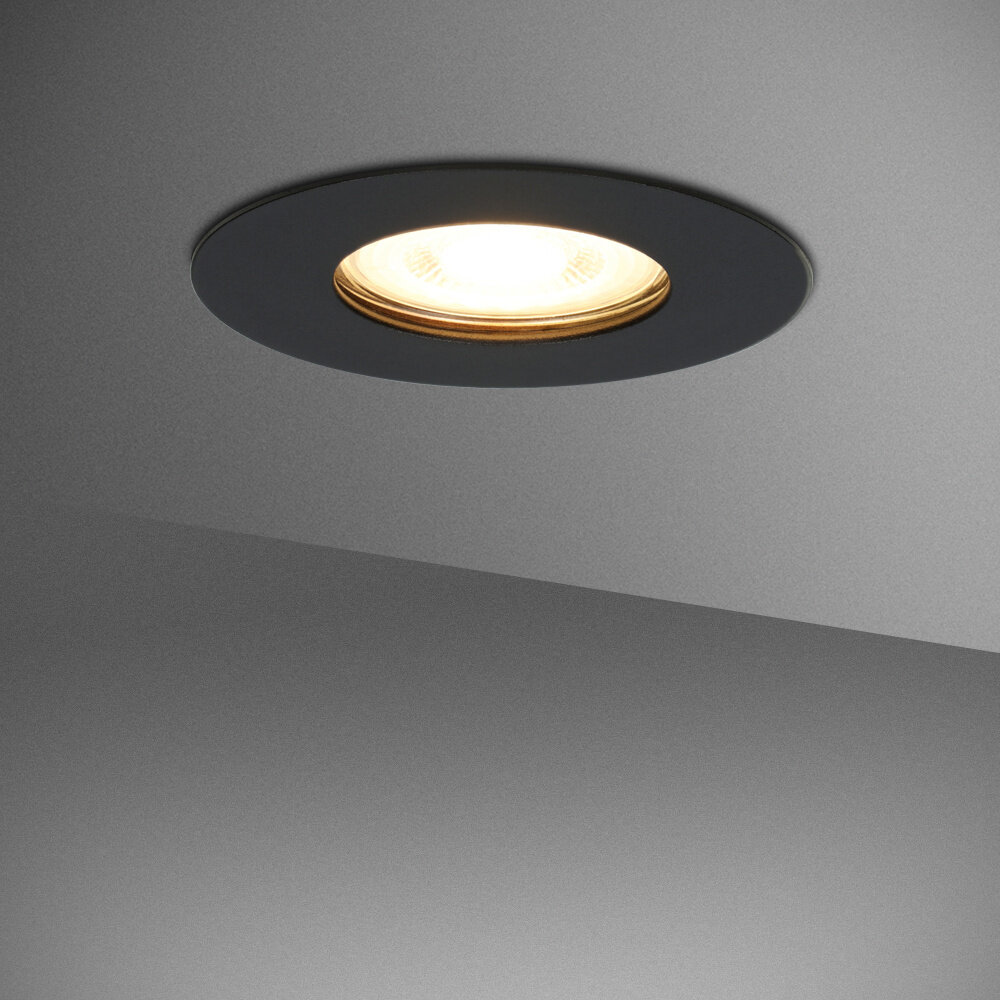
Calculating the cost of leaving LED lights on all day is a crucial task for anyone who is concerned about their electricity bill. LED lights are known for their energy-efficient nature, which means they consume much less electricity than traditional incandescent bulbs. However, leaving LED lights on all day can still have a significant impact on your electricity bill. To calculate the cost of leaving LED lights on all day, you need to know the wattage of your light bulb and the cost of electricity in your area. Once you have this information, you can use an online energy cost calculator to determine the energy consumption and cost for your LED lights. It’s important to note that while LED lights are more energy-efficient than incandescent bulbs, they still consume electricity. Leaving LED lights on all day can result in a significant increase in your electricity bill, especially if you have multiple lights in your home. To reduce the cost of leaving LED lights on all day, it’s recommended that you turn off the lights when you’re not using them. Additionally, you can install smart LED bulbs that can be controlled remotely with a smartphone or voice assistant, allowing you to turn them off when you’re not at home or when you don’t need them. By taking these steps, you can reduce your energy consumption and save money on your electricity bill.
The formula for calculating energy consumption is the product of the power of the device in watts and the time it is used in hours, divided by 1000 to convert to kilowatt-hours. This calculation determines the amount of energy consumed by an electrical device and is crucial in assessing the impact on your electricity bill. For instance, leaving an LED light on for several hours consumes a small amount of energy compared to incandescent bulbs. Therefore, it is essential to consider the wattage rating and usage time of electrical appliances to reduce energy consumption and save on electricity bills.
The cost per kilowatthour of electricity is a crucial factor in determining the overall energy expenses. Kilowatthour is the unit of measurement for electricity consumption, and the cost per unit varies depending on several factors, such as the location, the energy provider, and the time of use. The cost of electricity can fluctuate from season to season, with higher prices during the peak demand periods. In the context of LED light energy costs, leaving a single light on all day can result in a significant increase in the electricity bill, especially if the cost per kilowatthour is high. Therefore, it is important to consider the cost of electricity and the energy efficiency of appliances while making decisions about energy consumption.
Calculating the energy costs for a 60-watt LED light left on all day can be an eye-opening exercise. Firstly, it is important to note that LED lights are known for their energy efficiency, meaning they require less electricity to produce the same amount of light as traditional incandescent bulbs. However, leaving a 60-watt LED light on for 24 hours can still have a noticeable impact on your electricity bill. To calculate the costs, you need to consider your electricity rate, which varies by location and provider. For example, if your rate is $0.15 per kilowatt-hour, leaving a 60-watt LED light on for 24 hours will cost you $0.36. This might not seem like much, but if you do this every day for a month, the cost will add up to $10.80. Therefore, it is important to be mindful of your energy usage and turn off lights when not in use to save on your electricity bill.
Tips for Reducing LED Light Energy Costs
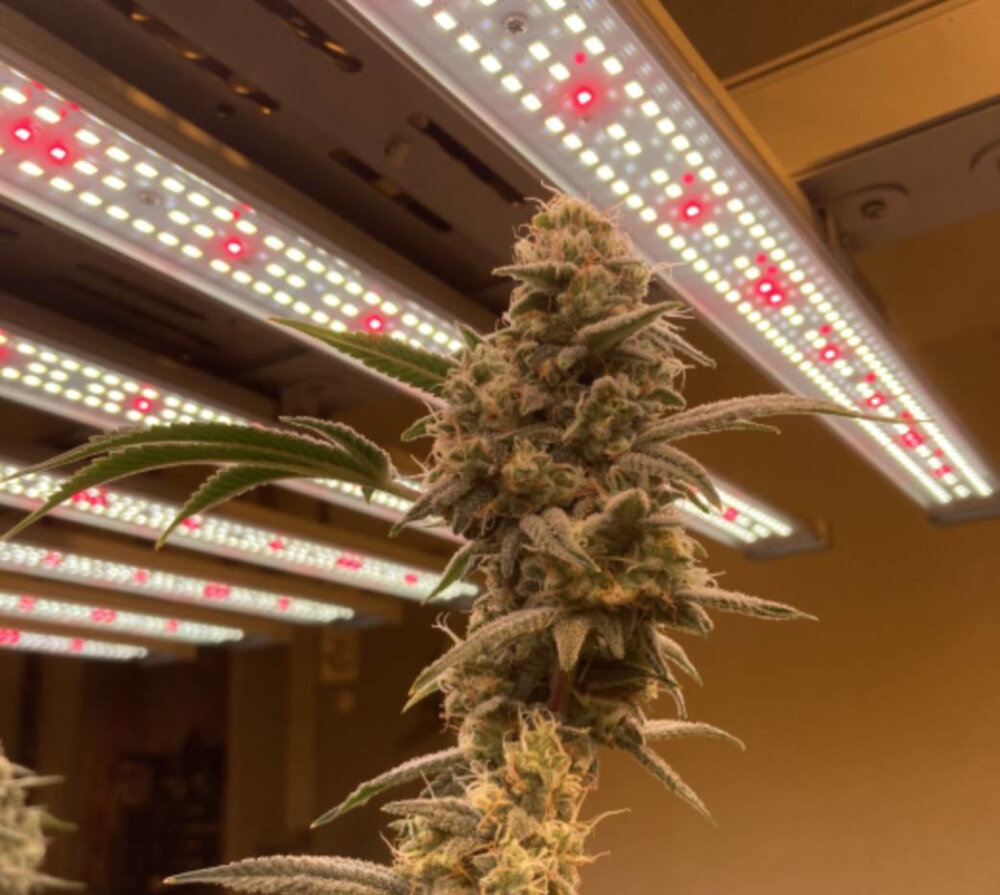
LED lights are becoming increasingly popular in modern homes due to their energy efficiency and long lifespan. However, it is important to keep in mind that they still contribute to your electricity bill, and leaving them on all day can add up to a significant expense over time. To reduce your LED light energy costs, there are several tips you can follow. Firstly, make sure to turn off your LED lights when you leave a room or when they are not needed. This simple habit can save you a significant amount of energy and money in the long run. Another way to reduce LED light energy costs is to invest in smart lighting systems. These systems allow you to control your lights remotely and set them on schedules, ensuring that they are only on when you need them. Additionally, some smart lighting systems can be programmed to automatically adjust the brightness of your lights based on the natural light in the room, further reducing energy consumption. By implementing these tips, you can enjoy the benefits of LED lighting while keeping your energy costs in check.
Timers and motion sensors are essential tools for managing the energy consumption of LED lights. Timers allow users to schedule the lighting to turn on and off at specific times, ensuring that the lights are only in use when necessary. Motion sensors, on the other hand, detect movement in a room and automatically turn the lights on or off accordingly. These features are particularly useful for areas that are not frequently occupied, such as storage rooms or basements. By using timers and motion sensors, LED light users can reduce their energy consumption, save money on their electricity bills, and contribute to a more sustainable future.
Switching to lower wattage LED bulbs is an effective way to reduce your energy consumption and lower your electricity bills. LED bulbs use up to 80% less energy than traditional incandescent bulbs, and they last much longer too. Not only do they save you money in the long run, but they also emit less heat, making them safer and more efficient. LED bulbs are available in a variety of wattage options, so it’s easy to find a bulb that suits your needs while also being environmentally friendly. By making the switch to LED, you can reduce your energy usage and make a positive impact on the planet.
Turning off lights when not in use is a simple yet effective way to save energy and reduce your electricity bills. It’s important to understand that even small changes in energy consumption can have a significant impact in the long run. Leaving a single LED light on all day may not seem like much, but it can add up over time. By turning off lights when you leave a room, you can save energy and money without sacrificing comfort or convenience. Additionally, using energy-efficient LED bulbs can further reduce energy consumption and lower your electricity bills. So, make a conscious effort to turn off lights when not in use and make a positive impact on both the environment and your wallet.
Impact of LED Light Energy Costs on the Environment
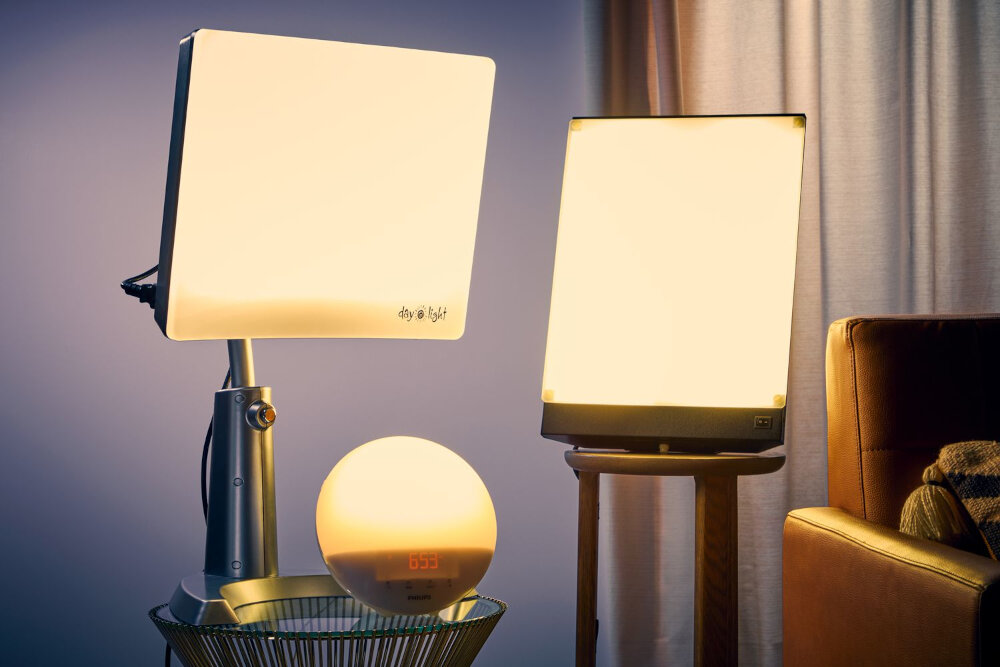
The impact of LED light energy costs on the environment is a critical issue that has gained attention in recent years. LED lights have become increasingly popular due to their energy-efficient properties, which reduce energy consumption and save money on electricity bills. However, the production and disposal of LED lights also have an environmental impact. LED lights contain hazardous materials such as lead and arsenic, which can contaminate soil and water if not disposed of properly. Moreover, the production of LED lights requires energy and resources, leading to greenhouse gas emissions and other environmental impacts. While LED lights have a lower environmental impact compared to other lighting options, it is crucial to consider the full life cycle of these lights, from production to disposal. Making informed decisions about energy-efficient lighting options can help reduce the environmental impact while saving money on energy bills. In addition, adopting sustainable practices such as recycling and proper disposal of LED lights can help minimize their impact on the environment. Ultimately, the impact of LED light energy costs on the environment highlights the need for sustainable and responsible consumption practices.
Reducing carbon footprint has become an important goal for individuals and businesses alike. One way to achieve this is by using LED lights, which consume significantly less energy than traditional incandescent bulbs. By using LED lights, not only can individuals save on their electricity bills, but they can also contribute to reducing greenhouse gas emissions. LED lights are a more sustainable and environmentally friendly option, and with advancements in technology, they are becoming more affordable and accessible. As consumers become more aware of the impact of their choices on the environment, the adoption of LED lights is likely to increase, leading to a reduction in carbon footprint and a more sustainable future.
Energy conservation is crucial for sustainability as it reduces the depletion of finite resources and minimizes the negative impact on the environment. LED light energy costs can quickly add up if left on all day, resulting in a significant increase in electricity bills. By implementing energy-efficient practices, such as turning off lights when not in use, using LED light bulbs, and reducing dependence on fossil fuels, we can help preserve our planet’s natural resources and reduce our carbon footprint. Conservation efforts can also lead to cost savings and create a more sustainable future for generations to come. Therefore, it is essential to be mindful of our energy usage and make conscious efforts to conserve it.
The role of LED lights in energy conservation cannot be overstated. LED lights are highly efficient, consuming up to 80% less energy than traditional incandescent bulbs. This means that they have a lower environmental impact and can save you a significant amount of money on your electricity bill. LED lights also have a longer lifespan than other types of bulbs, reducing the need for frequent replacements and further contributing to energy conservation efforts. Additionally, the technology used in LED lights allows for greater flexibility in lighting design and control, allowing for more efficient use and distribution of light. Overall, LED lights are a crucial component in the push towards more sustainable and energy-efficient lighting solutions.
In summary, the cost of leaving an LED light bulb on all day can range from a few cents to a few dollars depending on the wattage of the bulb, the cost of electricity in your area, and the number of hours it is left on. However, it is important to note that LED bulbs are more energy-efficient and have a longer lifespan compared to traditional incandescent bulbs, which can save you money in the long run. Additionally, implementing simple habits like turning off lights when not in use and using natural light sources can significantly reduce your energy costs and carbon footprint. It’s important to be mindful of our energy consumption and take steps towards a more sustainable and cost-effective lifestyle.
Energy conservation is an essential practice that has a significant impact on both cost savings and environmental sustainability. In today’s world, where energy demand is increasing at an alarming rate, energy conservation has become more critical than ever before. LED light energy costs have a significant impact on electricity bills, and leaving them on all day can lead to increased energy consumption and higher bills. By conserving energy and using LED lights, individuals can save money on their electricity bills while also reducing their carbon footprint. This helps in environmental sustainability by reducing greenhouse gas emissions, which contribute to global warming. Therefore, it is crucial to adopt energy conservation practices to reduce energy consumption, save costs, and contribute to a sustainable future.
If you’re looking to save money on your electricity bill and help the environment, consider making the switch to LED lights. Not only do LED lights use significantly less energy than traditional incandescent bulbs, but they also last much longer, reducing the need for frequent replacements. By replacing just one incandescent bulb with an LED bulb, you could save up to $75 in energy costs over the bulb’s lifetime. Additionally, if every household in the U. S. made the switch to LED lights, it would reduce greenhouse gas emissions by 100 million metric tons annually. So, take action now by replacing your old bulbs with LED lights and start saving money while also helping to conserve energy.
Conclusion
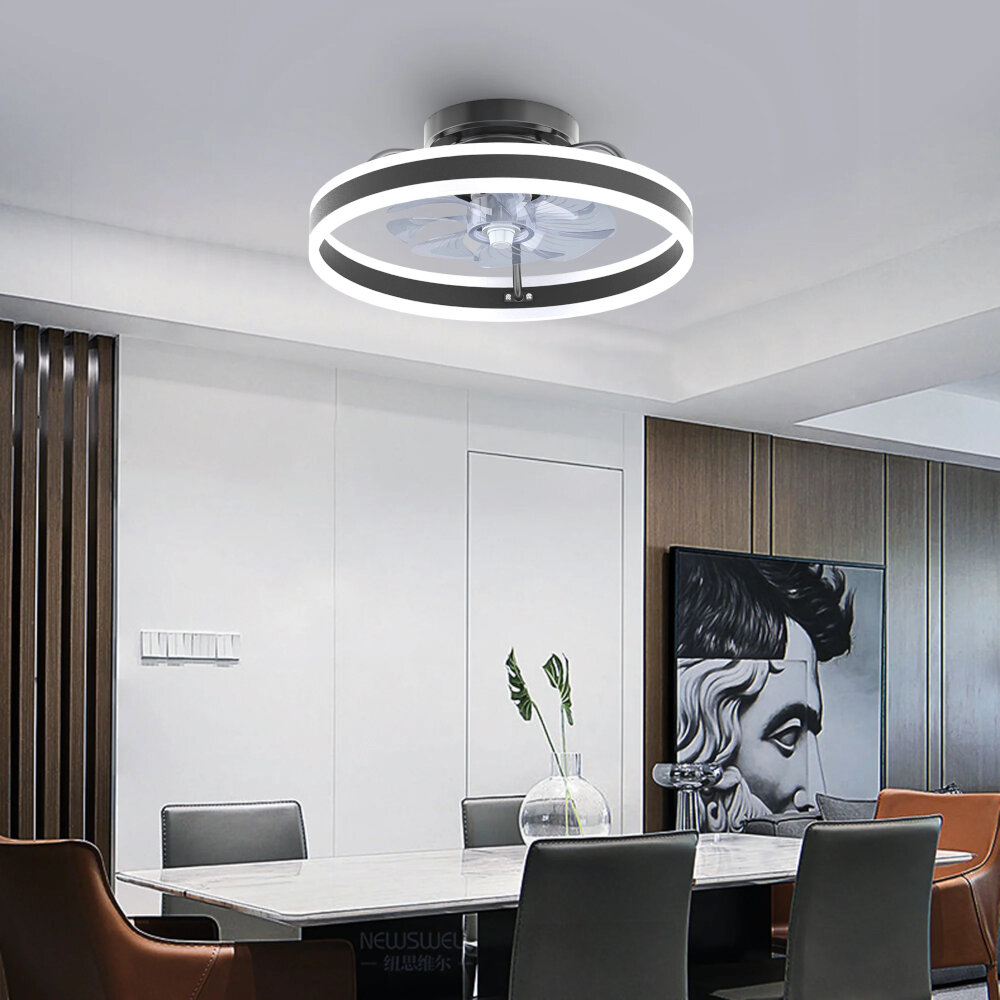
In conclusion, leaving an LED light on all day may have a minimal impact on your electricity bill due to its energy-efficient nature. However, the cost may vary depending on the wattage, usage, and electricity rates in your area. It is essential to be mindful of the energy consumption of appliances and devices, including LED lights, to reduce unnecessary expenses and conserve energy. Implementing energy-saving practices, such as turning off lights when not in use, using natural light, and upgrading to energy-efficient appliances, can significantly reduce your overall energy costs and contribute to a more sustainable future.

